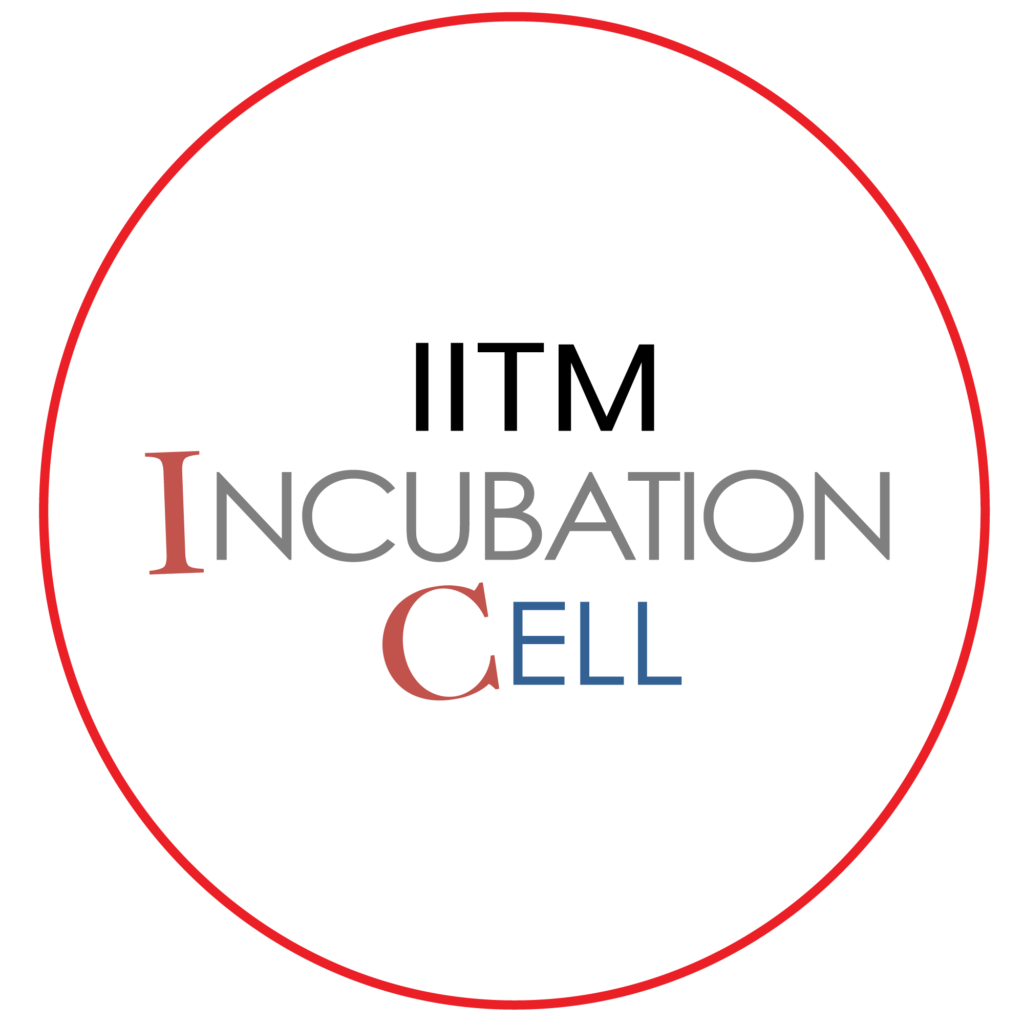Module 1.2: Classification & Design Perspectives
Designing assistive solutions for People with Disabilities goes beyond the lens of the technology involved to the entire cycle of development which revolves around the user. Hence, understanding the human element (I.e., how a person interacts with the environment for performing a specific task and identifying the barriers to performance), and keeping it as the focal point throughout the process is essential.
The paradigm shift from the medical (the person with disability is a problem to be solved) to social model of Disability (the problem is in the inaccessible environment and not with the person with disability) opens up the possibility of looking at the individual beyond their impairment. This is where Assistive Technology works as a catalyst.
Designing Assistive Technology starts from evaluating the needs of the individual, identifying suitable solutions, evaluating the adaptiveness (safety, affordability, participation, etc), implementing the solution and finally evaluating the impact. Missing out on any of these stages affects the efficiency of the implemented technology.


